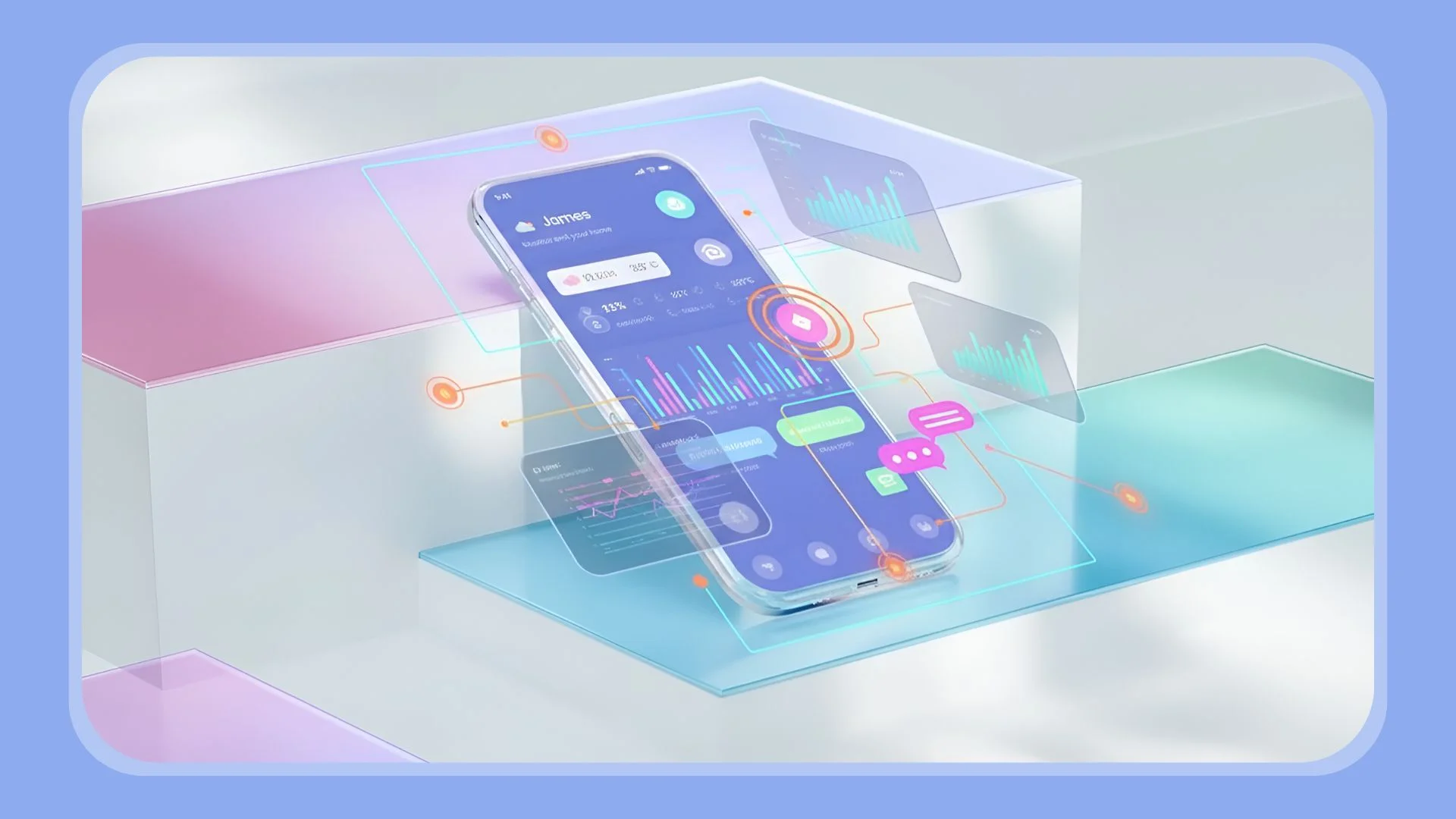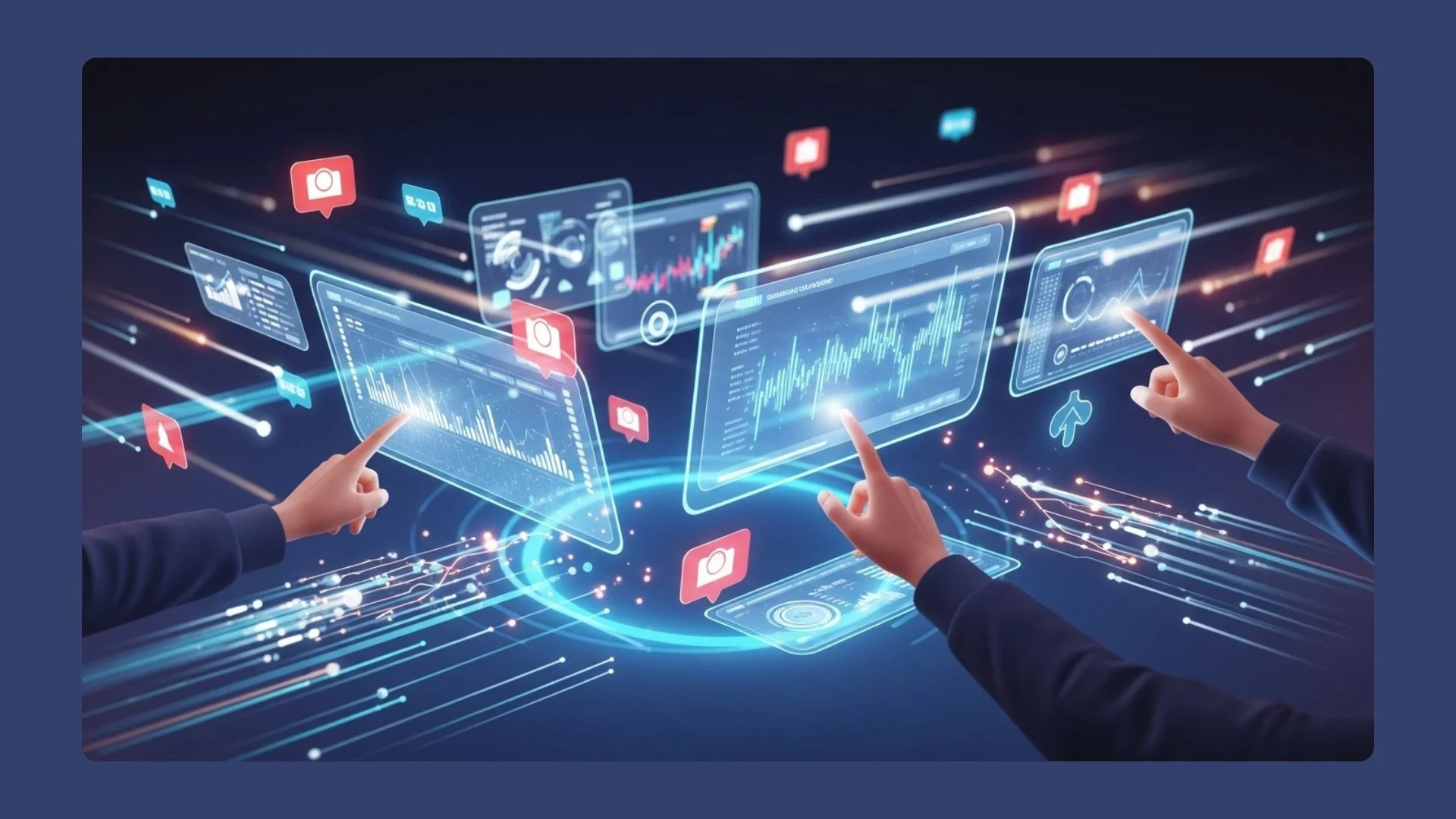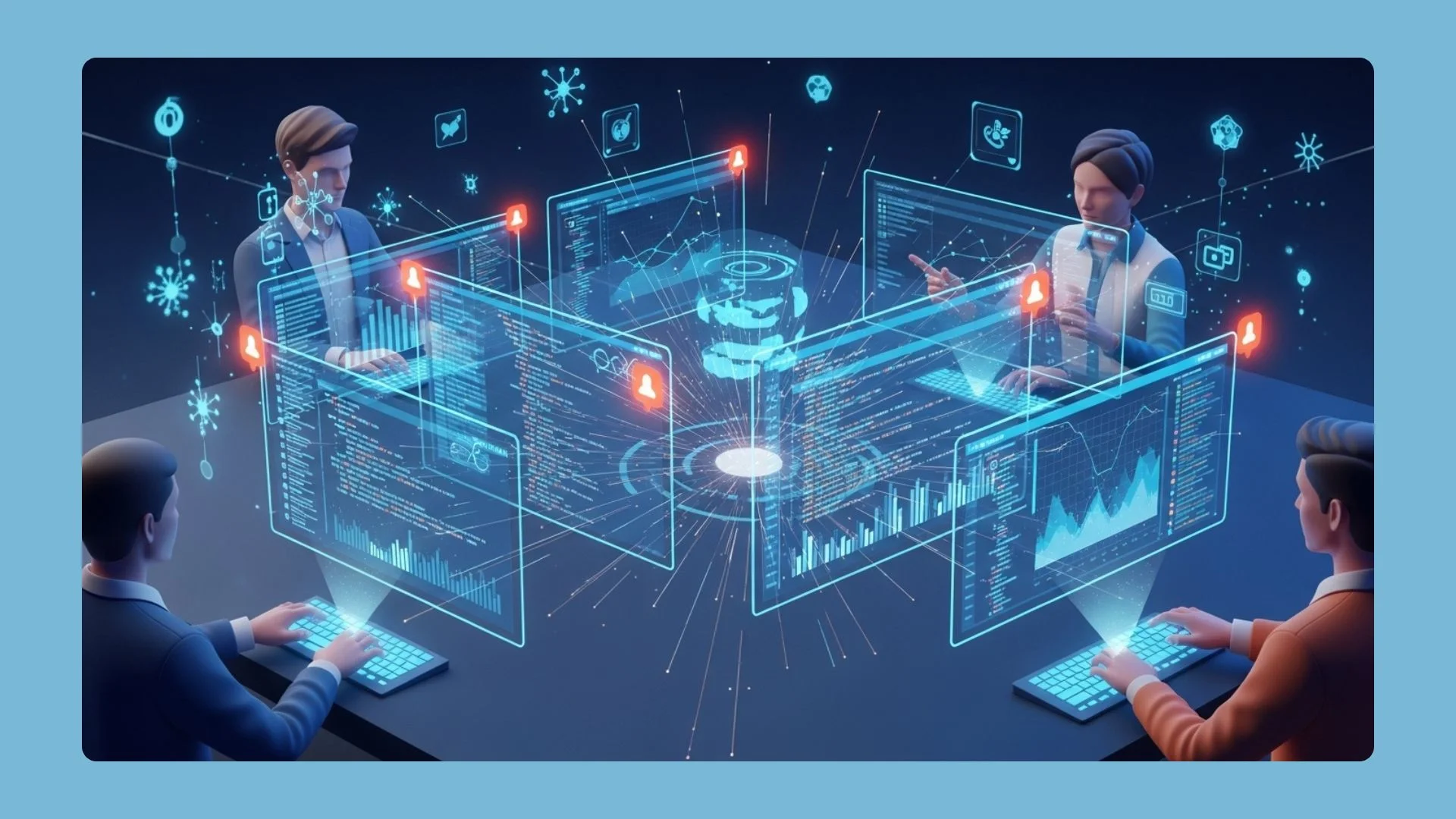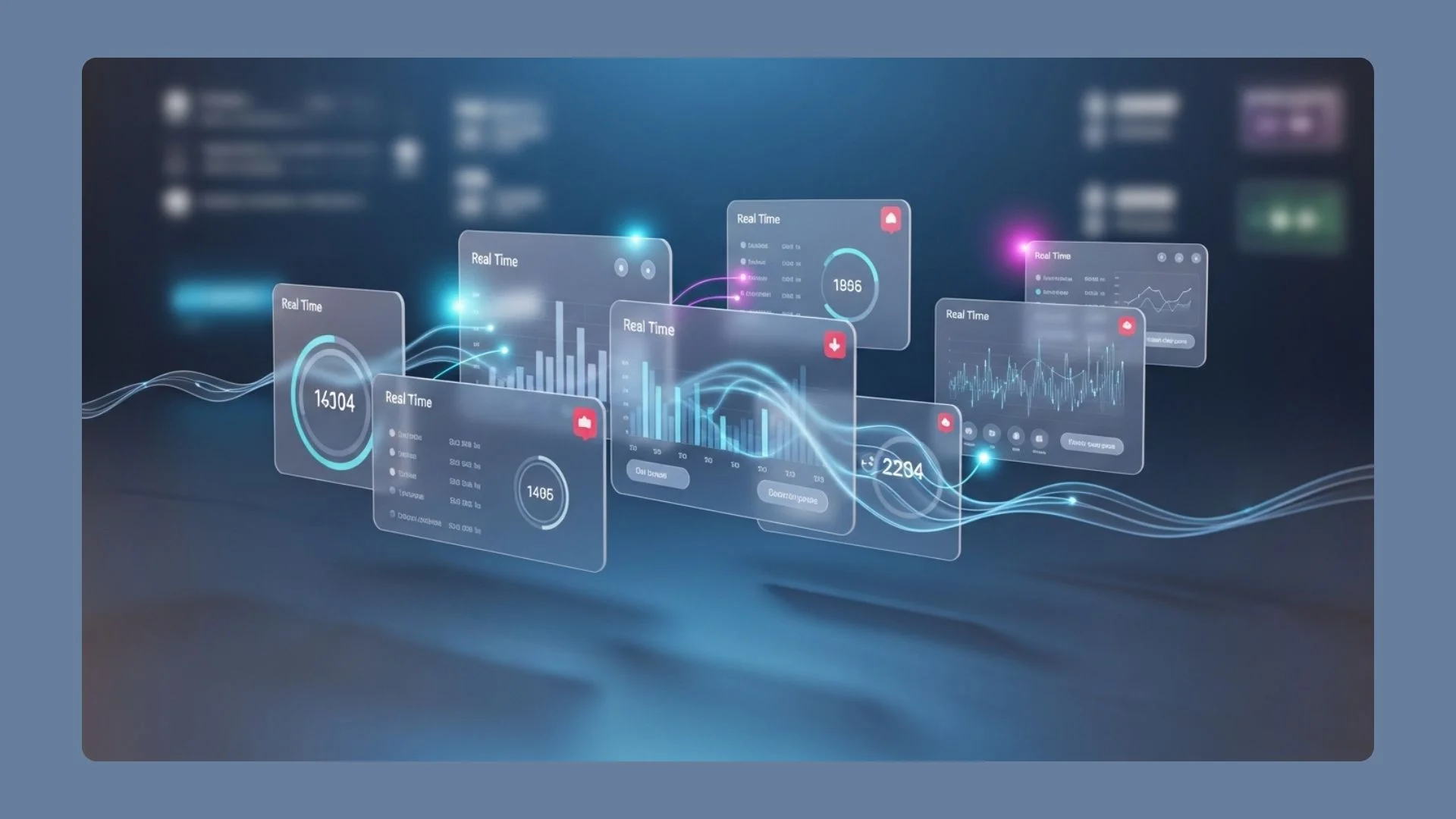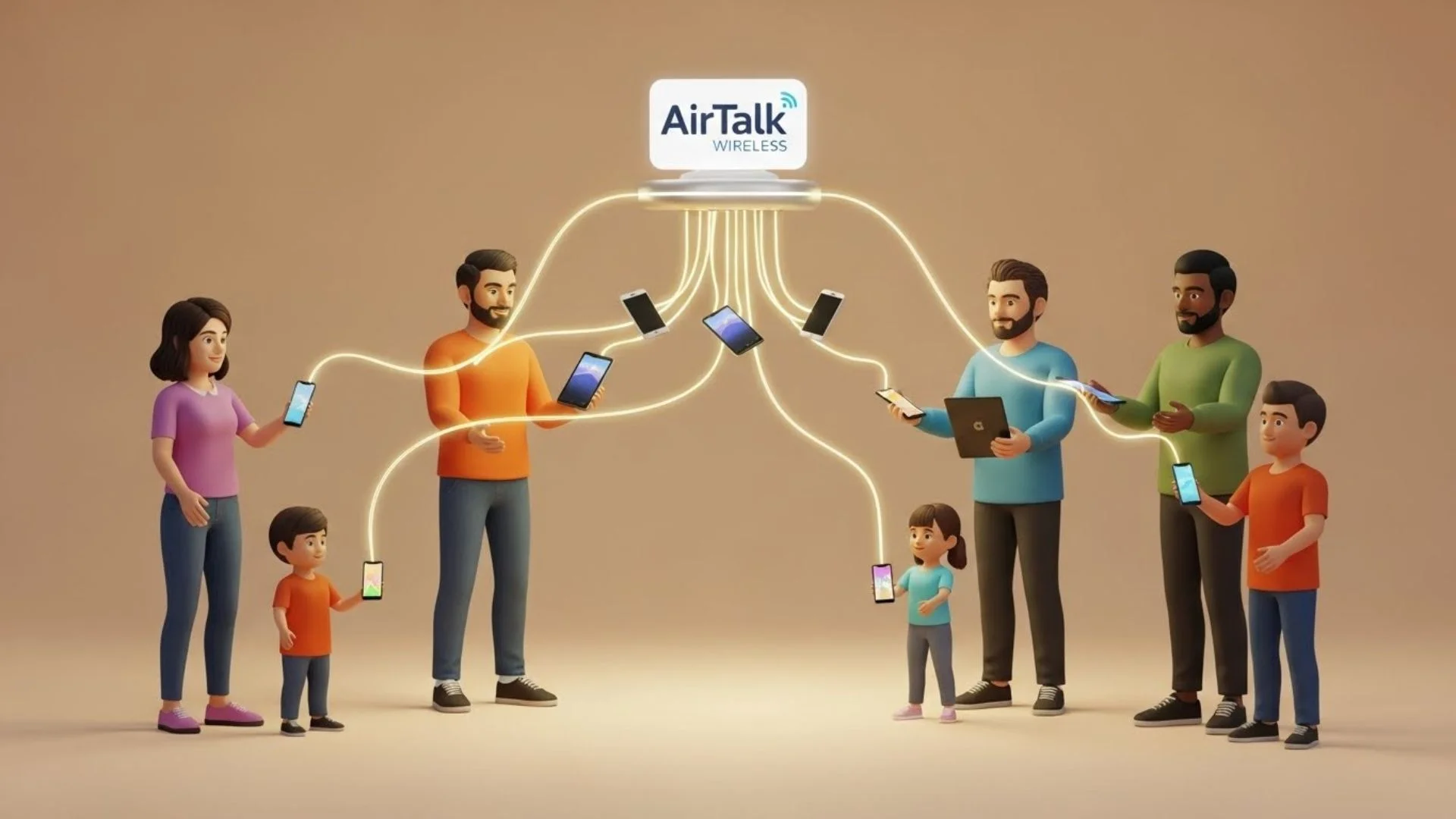People today don’t want to wait. Impatient users now live in a time when communications come right away and maps change as they’re using them, so patience is hard to come by. Using Real-Time App Design makes it easier for users.
Because of this technological background, programs that take too long to load may be uninstalled before they finish. Real-time design is no longer just a nice feature; it’s a way to stay alive. Developers are now racing to make experiences that are instant, connected, and constantly on, just like people expect them to be. Users just move on if an app is slow. Time, not features, is what decides who wins. This article talks about why consumers don’t wait anymore, using examples from real-time experiences in modern app design.
The Time of Immediate Expectations
People today live in a world that is wired for quick fixes and instant gratification. This is especially true for social networking apps, which are the main drivers of technical progress on the internet. People have learned to expect feedback right away because of faster internet, 5G networks, and cloud synchronization. When every app is fighting for bragging rights for immediate satisfaction, a spinning loading symbol feels like a betrayal.
What Makes People Impatient
When technology makes waiting unnecessary, people lose their patience. Food delivery updates, real-time conversation, and navigation apps are all examples of things that can happen right now. When something doesn’t happen, consumers get annoyed.
Some popular real-time features are
- Live tracking in apps for deliveries and ride-sharing.
- Instant messaging services that let you know when someone has read your message and when they are typing.
- Updates on stocks, weather, and sports in real time.
These encounters make an unseen standard that consumers use to rate all apps, including those in completely different categories.
Why Speed Means Retention
Latency makes people less interested. Users think that if something is slow, it is unreliable, no matter how advanced the features are. This is because a two-second wait can make or break an order. Instant performance builds trust, and trust keeps people coming back.
What Real-Time Means for Developers
It’s important for developers to know how consumers’ needs change so they can meet those wants and make sure their apps are successful. Users today want real-time features in every program. This implies that the app should be able to give feedback right away, be able to handle more users, and find the right balance between performance and efficiency.
How Instant Feedback Works
To make apps feel real, developers use three technologies:
- WebSockets for sending data all the time with low latency.
- Push notifications bring consumers up-to-date without having to reload all the time.
- Live data sync for working together or for exchanges that need to happen right now.
Each of these sorts of rapid feedback cuts down on wait time and makes it seem like an app is always awake, alive, and available to provide new material and keep users engaged.
Scalability and Watching
It’s not enough to just add tech to make real-time experiences; you also have to make sure they stay robust under demand. Scalable backends can manage thousands of updates at the same time. Constant monitoring makes sure that everything runs smoothly, even when there are a lot of people using it.
Finding a Balance Between Performance and Efficiency
If not handled well, an always-on system might waste energy and bandwidth. Now, developers write code that gives quick feedback while using as few device resources as possible. Real-time shouldn’t seem weighty; it should feel easy.
How Real-Time Engagement Affects Business
Real-time features affect how the customers connect with your brand, so let’s discover how.
Engagement and Retention
Users tend to be active for longer when the app has fast performance. So apps that load faster increase retention and even encourage users to buy something or share it, which boosts engagement, retention, and even revenue.
Examples That Prove the Point
- Live tracking food delivery from the restaurant to your home creates excitement.
- Ride-hailing: Getting live updates from drivers takes away the guessing.
- Fitness apps: Tracking improvements in real time motivates users to keep going.
These examples show that real-time data also affect how people feel. When apps respond right away, the experience feels more natural and closer to real life, which makes it easier for users to trust them.
Trust Through Transparency
Everything depends on accuracy. When updates are late or don’t reflect real progress, they lose their credibility. Users trust systems that are clear and show true situations, which is often more important than speed itself.
Design Considerations for Real-Time UX
The success or failure of real-time experiences depends on how clear the design is. Users ought to be able to understand what’s going on right away without getting confused.
Alerts and Notifications
Push notifications can either pull people in or push them away. If you send too many, users just get tired and start ignoring them or turn them off completely. That’s why smart developers try to group updates instead of sending a separate alert for everything. They also keep the tone friendly and light, not aggressive or spammy.
Visual Feedback that Looks and Feels Natural
Users know the system is working when they see simple signs like color changes, little animations, or progress bars. It’s talking with movement instead of words.
Accessibility in Motion
One of the most important things to consider is accessibility. For example, some people can find fast animation too much to handle, so there should be options in the settings for fewer movements and animations.
New Tools and Privacy Awareness
All the advanced tools for real-time development and privacy will use AI, analyitcs and even privacy safeguards at the same time. VPNs are how these technologies will be used together.
AI and Real-Time Personalization
Nowadays, AI can easily adapt its operations based on the situation. For example, it can suggest a new route when users are using the GPS or even change how often the app refreshes when the road is busy. All this creates a personalized experience for users.
Real-Time Systems and Data Security
Instant connections mean a steady flow of data, which increases the risk. That’s why developers need to use encryption and handle data locally to stop leaks from happening during development.
Some developers suggest that users should use a free VPN with live-tracking apps to protect their privacy. This makes sure that their personal information stays private.
Conclusion
Designing apps in real time is the way of the future. Users want things to happen right away, and developers have to give it to them without hurting performance or ethics. The finest experiences are the ones that are smart and quick to respond while yet being clear. The future norm will be set by apps that can do all three things: be fast, clear, and private. In this day and age, users won’t put up with anything less. In the framework of Real-Time Experiences in Modern App Design, the nandbox App Builder gives developers the tools they need to make fast, interactive, and very responsive mobile apps without having to write any code. Users today expect immediate updates, live communication, and smooth interactions. nandbox meets these needs with its built-in chat systems, live tracking modules, and instant notification tools.
